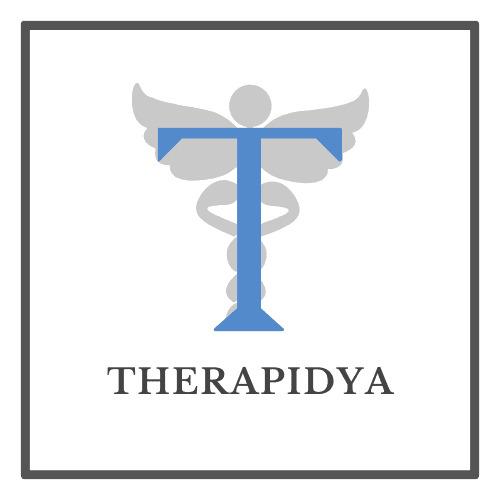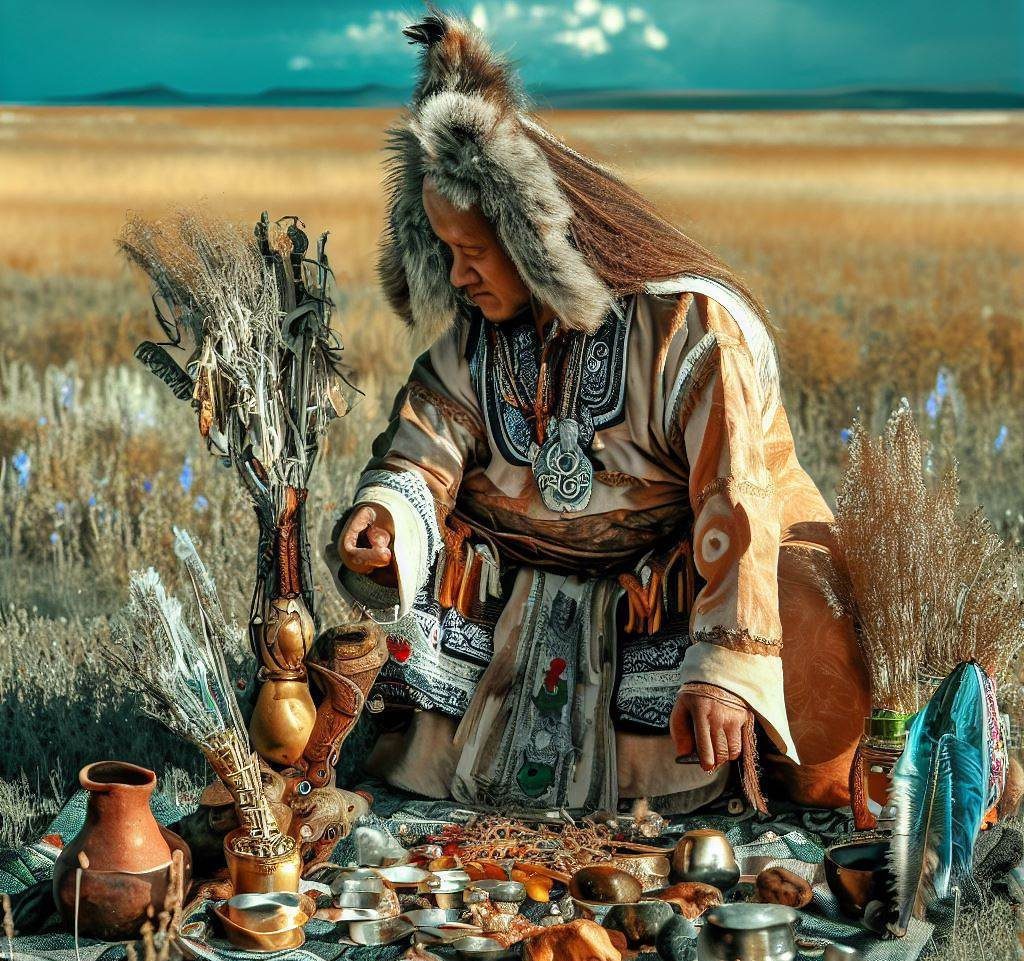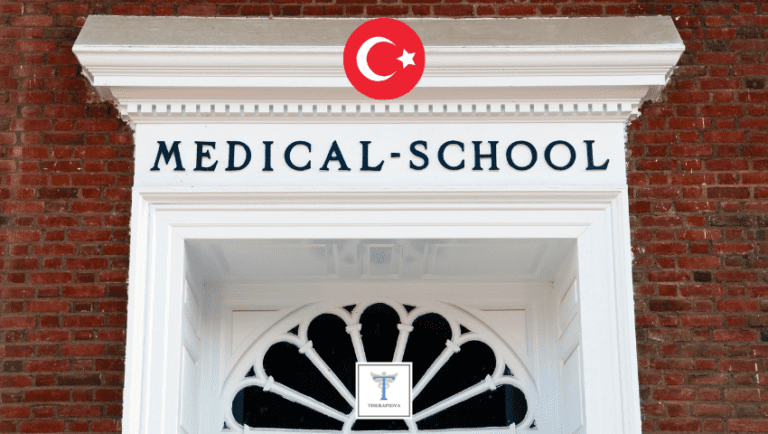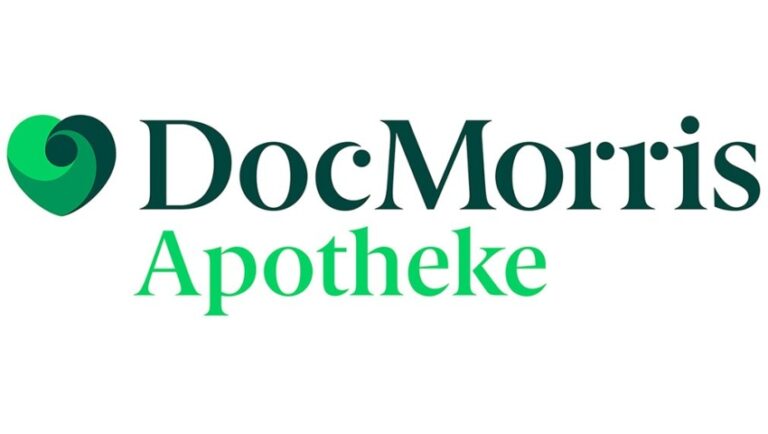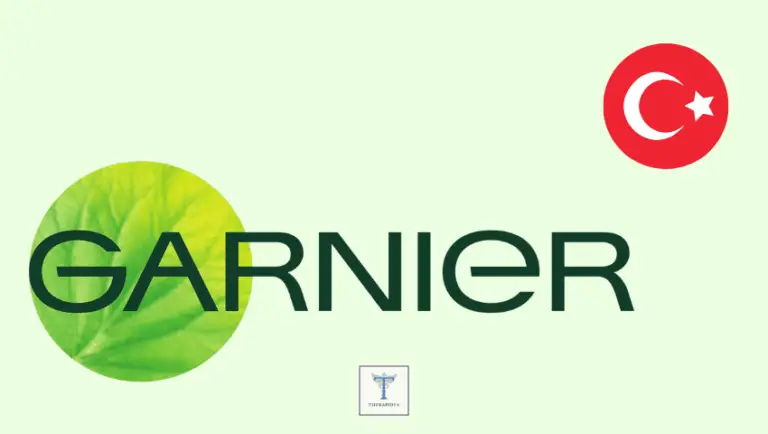The Ultimate Guide to Traditional Mongolian Medicine
Traditional Mongolian medicine has been a cornerstone of Mongolian culture for centuries, shaping their approach to health and wellness. As you explore this fascinating topic, you’ll discover the rich history, theoretical foundations, and practical applications of this ancient healing system.
Investigate the potential and threats that this intriguing healing system faces as it adapts to the modern world. Go deep into this fascinating look at how the human body, nature, and the universe are all interconnected to learn more about the remarkable insights presented by this holistic approach to health.
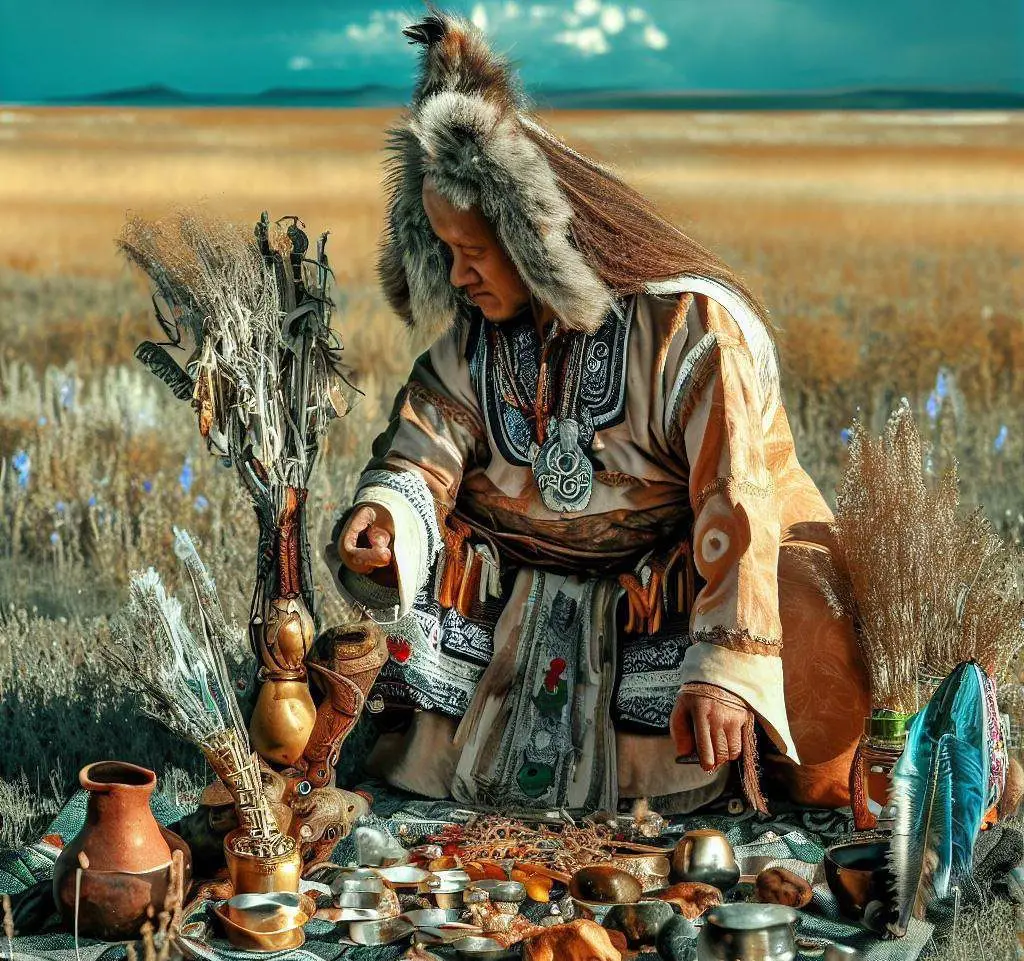
I. Introduction
A Brief History of Traditional Mongolian Medicine
Mongolian medicine has evolved over thousands of years, with its roots in Shamanism and later integrating Buddhist, Taoist, and Traditional Chinese Medicine (TCM) elements. It has adapted and grown throughout history to create a unique, holistic healing system that continues to be practiced today.
B. Importance of Traditional Mongolian Medicine in Mongolian Culture
As a vital aspect of Mongolian culture, traditional medicine is more than just a healing system; it’s a way of life that emphasizes the interconnectedness of humans, nature, and the cosmos. Understanding this connection is key to unlocking the wisdom of this ancient practice.
II. Theoretical Foundations
A. Influence of Buddhism, Shamanism, and Taoism
Traditional Mongolian medicine is influenced by various philosophies:
- Buddhism: The focus on compassion and alleviating suffering is reflected in the practice of medicine.
- Shamanism: The belief in spirits and their influence on health and illness has shaped the understanding of disease causation.
- Taoism: The emphasis on balance and harmony, as well as the concept of Yin and Yang, has played a significant role in the development of Mongolian medicine.
B. Integration with Traditional Chinese Medicine (TCM) and Tibetan Medicine
Mongolian medicine has borrowed extensively from TCM and Tibetan Medicine, adopting several diagnostic and treatment methods. Despite these influences, it remains a distinct healing system with unique characteristics.
C. Four Elements and the Concept of Balance
At the heart of Traditional Mongolian medicine lies the concept of balance between the four elements: earth, water, fire, and wind. These elements are seen as the building blocks of life, and an imbalance in any of them can lead to illness.
D. The Interconnectedness of the Human Body, Nature, and Cosmos
Mongolian medicine emphasizes the importance of understanding and respecting the interconnectedness of all things. This holistic approach recognizes that the health of the human body is influenced by the environment and the cosmos, and that the well-being of the individual is essential for the health of the community.
III. Diagnostic Methods
Traditional Mongolian medicine employs a variety of diagnostic methods, including:
- Pulse diagnosis: Practitioners assess the patient’s pulse to gain insight into their overall health and the state of their organs.
- Urine analysis: The color, consistency, and odor of the patient’s urine can reveal important information about their health.
- Tongue diagnosis: The appearance of the tongue can provide clues about a person’s physical and emotional well-being.
- Observation and questioning: Practitioners carefully observe the patient and ask questions about their lifestyle, habits, and symptoms to formulate a personalized treatment plan.
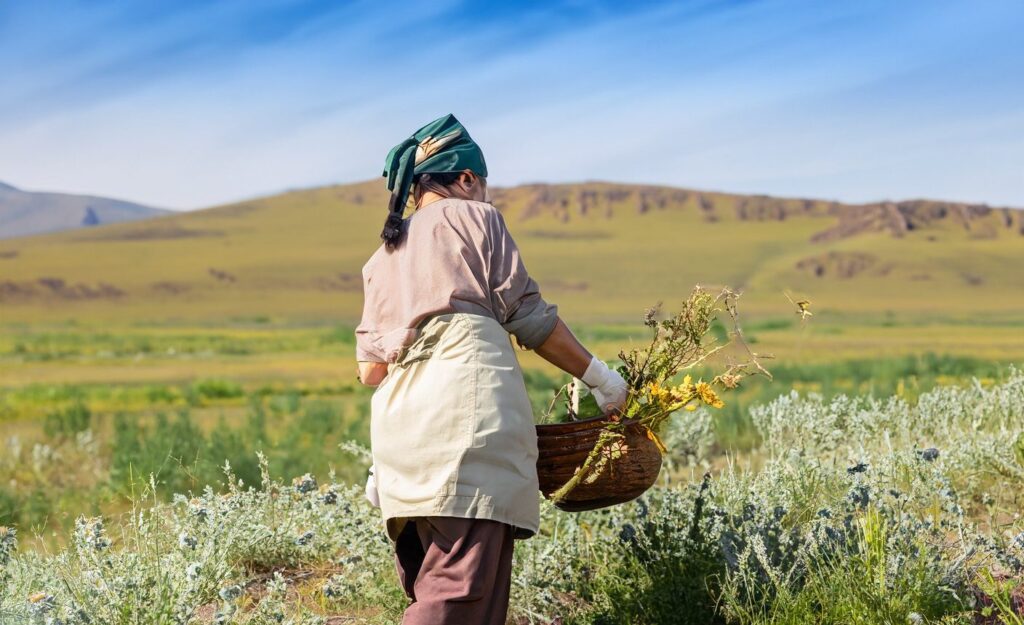
IV. Treatment Methods
A. Herbal Medicine
Herbal medicine plays a crucial role in Traditional Mongolian medicine. Some commonly used herbs include:
- Rhodiola
- Sea buckthorn
- Licorice
- Astragalus
Herbs can be prepared as teas, tinctures, or pills, depending on the patient’s needs.
B. Animal-based Therapies
Mongolian medicine also utilizes animal organs, fats, and oils as therapeutic agents. Examples include:
- Bear bile for digestive disorders
- Deer antler velvet for joint health
- Mutton fat for skin conditions
C. Mineral-based Treatments
Mineral-based treatments play a significant role in Mongolian medicine, with various minerals being used for their therapeutic properties:
- Gypsum for reducing inflammation
- Cinnabar for calming the mind
- Magnetite for improving blood circulation
It’s essential to balance mineral intake to avoid potential side effects or toxicities.
D. Moxibustion
Moxibustion is a therapy that involves burning a small bundle of dried mugwort, or “moxa,” on or near specific acupuncture points. There are two primary methods:
- Direct moxibustion: The moxa is placed directly on the skin and ignited, creating a warming sensation. The practitioner carefully monitors the heat and removes the moxa before it burns the skin.
- Indirect moxibustion: The moxa is ignited and held above the skin or placed on a barrier, such as a slice of ginger or salt, to prevent direct contact with the skin.
Moxibustion can help stimulate circulation, reduce inflammation, and promote healing. However, it’s important to consult a qualified practitioner, as it may not be suitable for everyone.


E. Acupuncture
Acupuncture is another essential treatment modality in Traditional Mongolian medicine. The practice involves inserting thin needles into specific points on the body to restore balance and promote healing.
Traditional needle techniques have been adapted over time, with some modern practitioners incorporating electrical stimulation or laser therapy.
F. Cupping Therapy
Cupping therapy involves placing cups on the skin to create suction, which is believed to increase blood flow, reduce pain, and promote relaxation. There are two main types:
- Dry cupping: Suction is created using a flame or a mechanical device, and the cups are left in place for several minutes.
- Wet cupping: After dry cupping, the practitioner makes small incisions in the skin, and the cups are reapplied to draw out a small amount of blood.
As with any therapy, it’s essential to consult a qualified practitioner to ensure the treatment is appropriate for your individual needs.
V. Dietary and Lifestyle Recommendations
Traditional Mongolian medicine emphasizes the importance of diet and lifestyle in maintaining health. Some key principles include:
- Eating a balanced diet that emphasizes whole, natural foods
- Consuming seasonal foods to align with the body’s changing needs
- Engaging in regular physical activity to promote circulation and overall well-being
- Cultivating mental and emotional balance through practices such as meditation and mindfulness
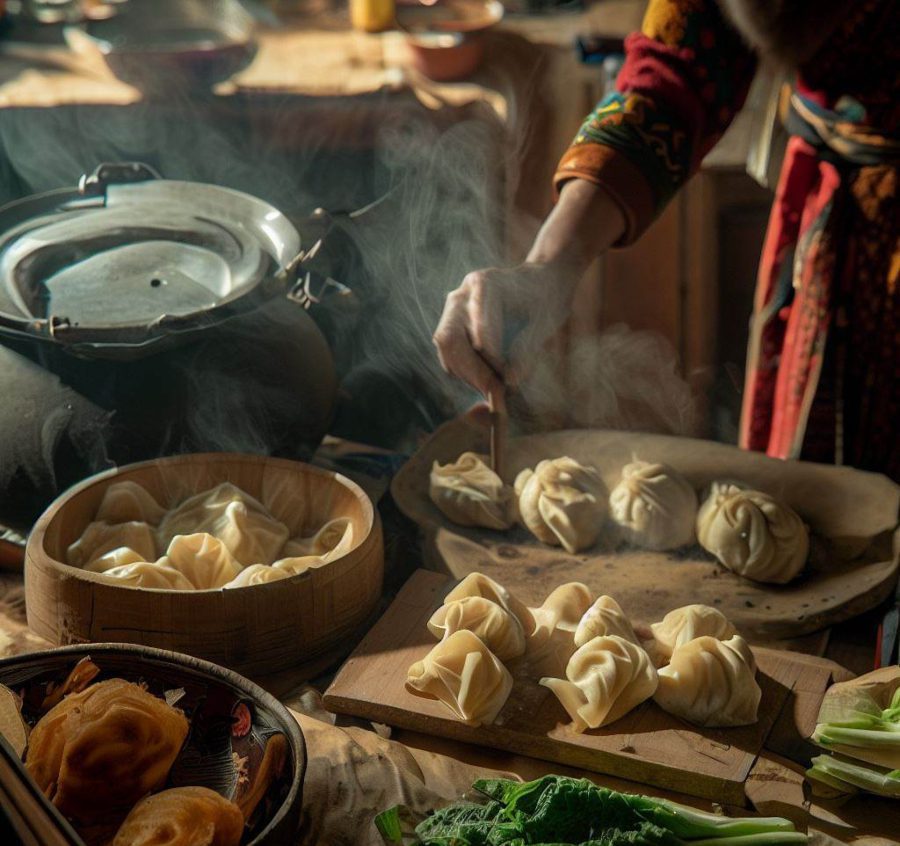
VI. Research and Modern Applications
Current research on Traditional Mongolian medicine continues to uncover its potential benefits and applications in modern healthcare. Many practitioners integrate Mongolian medicine with conventional medicine, creating a comprehensive approach to patient care. This fusion of ancient wisdom and modern science has helped to bring Mongolian medicine to a global audience, increasing recognition and appreciation for its therapeutic value.
VII. Challenges and Opportunities
Despite its rich history and promising potential, Traditional Mongolian medicine faces several challenges:
- Preserving traditional knowledge in the face of modernization
- Addressing issues of sustainability and ethical practices in the use of natural resources
- Ensuring proper training and education for practitioners
However, these challenges also present opportunities for growth, development, and cultural exchange, as Traditional Mongolian medicine continues to adapt and evolve in the 21st century.
VIII. Conclusion
Traditional Mongolian medicine is a fascinating and complex healing system that offers valuable insights into the interconnectedness of the human body, nature, and the cosmos. As we continue to explore and learn from this ancient wisdom, we can gain a deeper understanding of our own health and well-being. By embracing the principles of balance, harmony, and respect for all living beings, we can work together to create a healthier
This post is also available in: العربية (Arabic) Dansk (Danish) Nederlands (Dutch) Français (French) Deutsch (German) עברית (Hebrew) Italiano (Italian) Polski (Polish) Română (Romanian) Русский (Russian) Türkçe (Turkish) Español (Spanish) Български (Bulgarian) Ελληνικά (Greek) Magyar (Hungarian) Português (Portuguese (Portugal))
